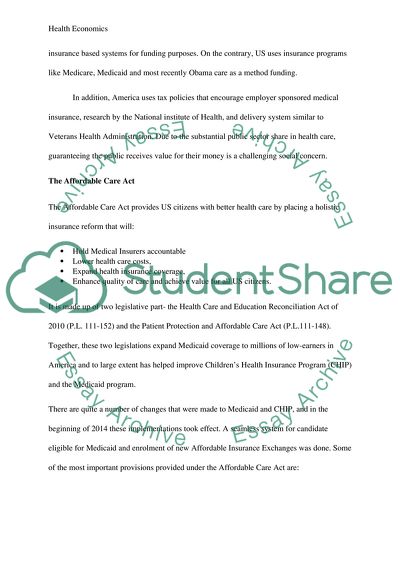Cite this document
(Health Economics Admission/Application Essay Example | Topics and Well Written Essays - 2250 words, n.d.)
Health Economics Admission/Application Essay Example | Topics and Well Written Essays - 2250 words. https://studentshare.org/health-sciences-medicine/1849838-health-economics
Health Economics Admission/Application Essay Example | Topics and Well Written Essays - 2250 words. https://studentshare.org/health-sciences-medicine/1849838-health-economics
(Health Economics Admission/Application Essay Example | Topics and Well Written Essays - 2250 Words)
Health Economics Admission/Application Essay Example | Topics and Well Written Essays - 2250 Words. https://studentshare.org/health-sciences-medicine/1849838-health-economics.
Health Economics Admission/Application Essay Example | Topics and Well Written Essays - 2250 Words. https://studentshare.org/health-sciences-medicine/1849838-health-economics.
“Health Economics Admission/Application Essay Example | Topics and Well Written Essays - 2250 Words”. https://studentshare.org/health-sciences-medicine/1849838-health-economics.


